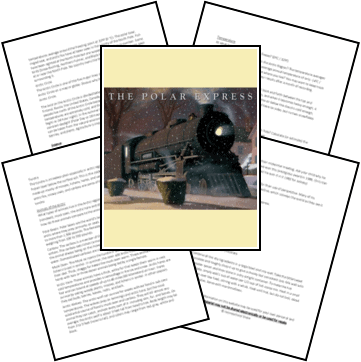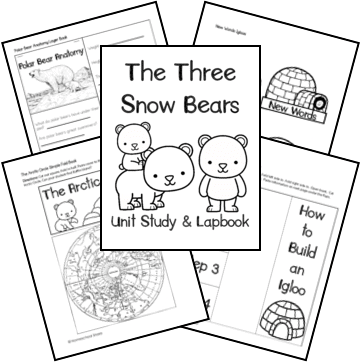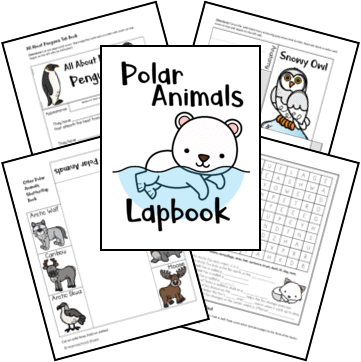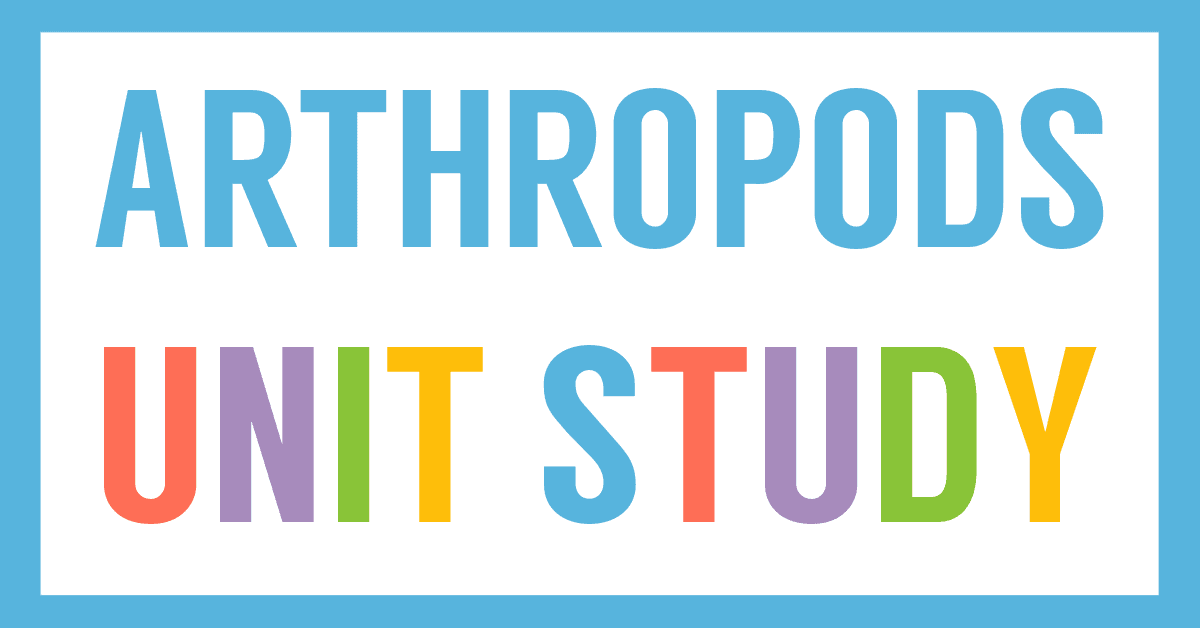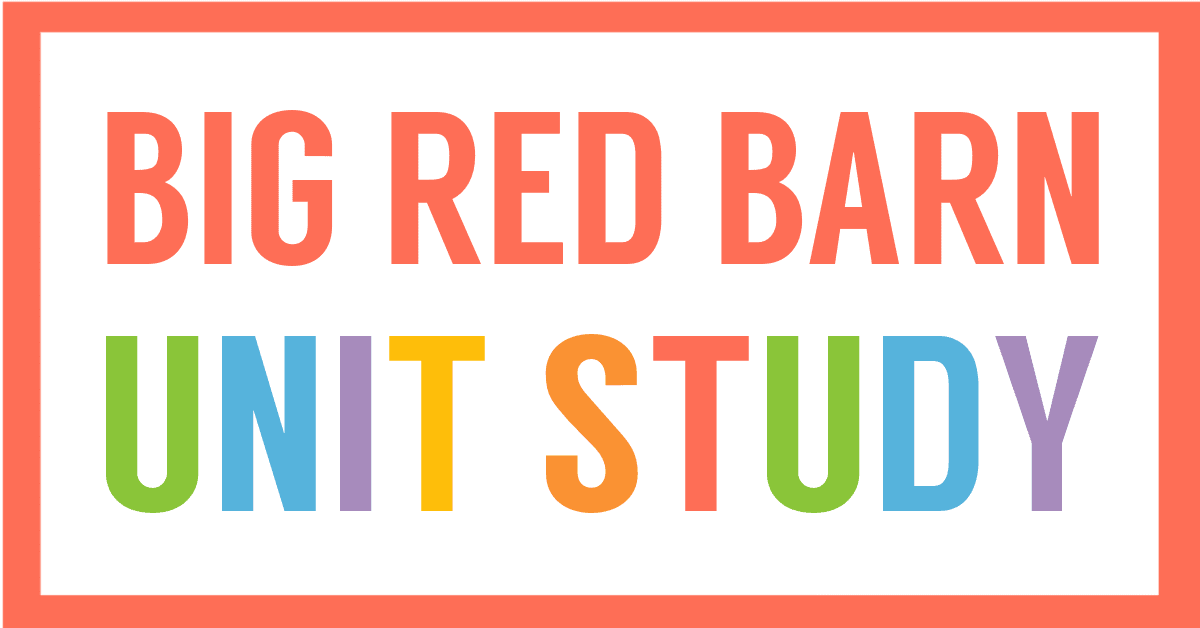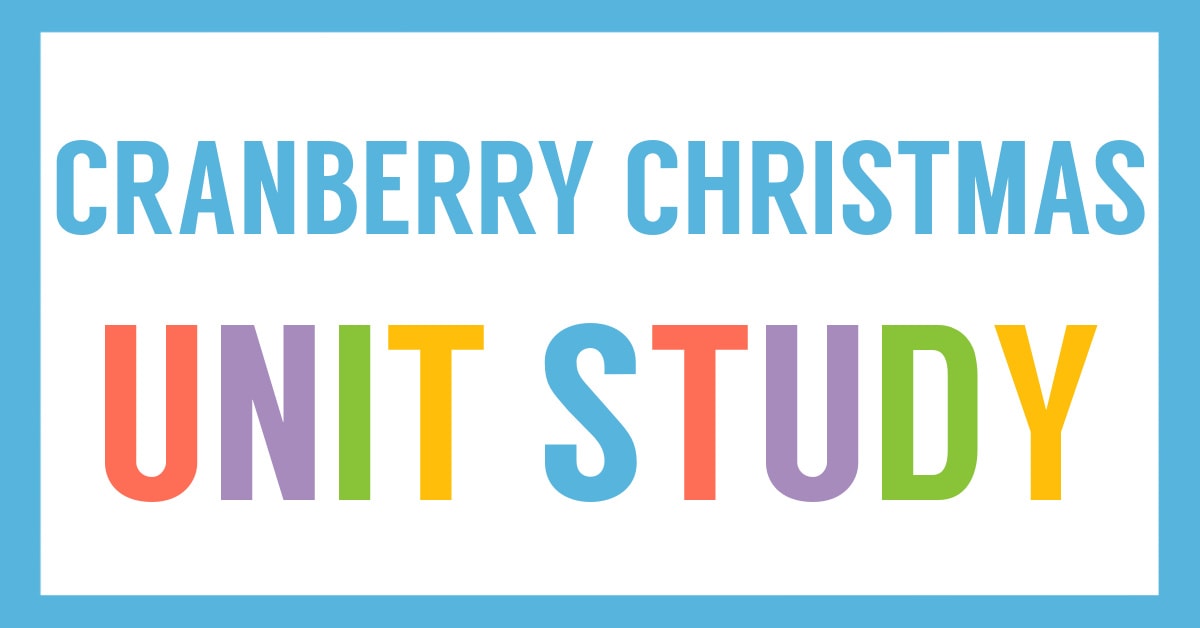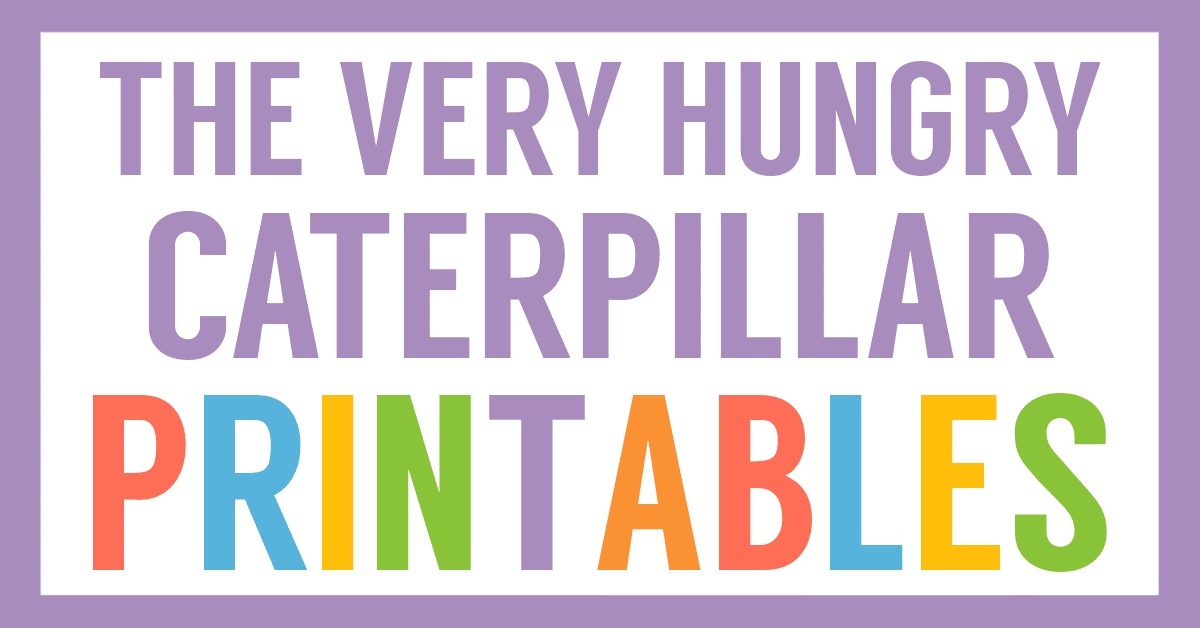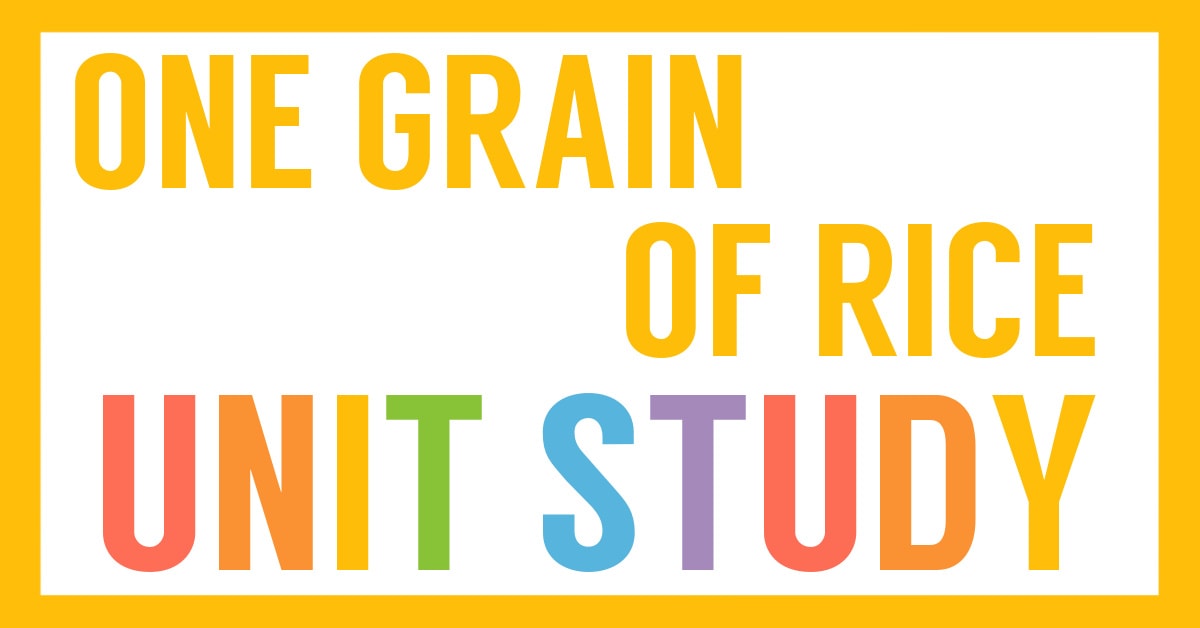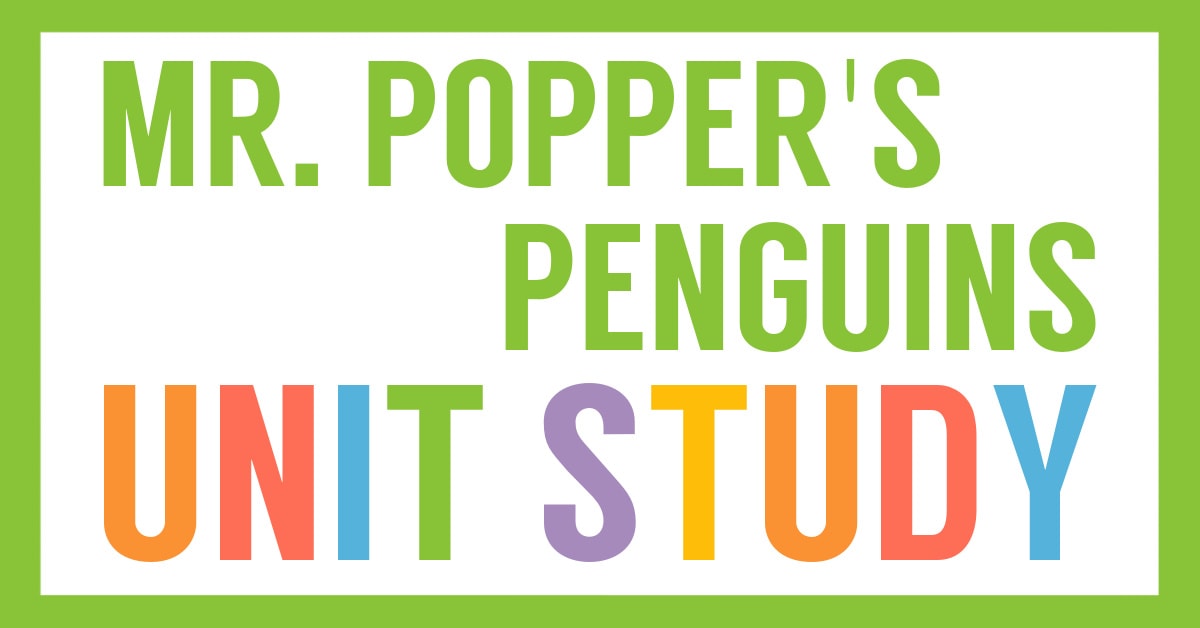Affiliate Disclaimer
We sometimes use affiliate links in our content. This won’t cost you anything, but it helps us to keep the site running. Thanks for your support.
Are you looking for The Polar Express activities and lessons? This literature based unit study includes lessons and activities based on the book The Polar Express by Chris Van Allsburg.
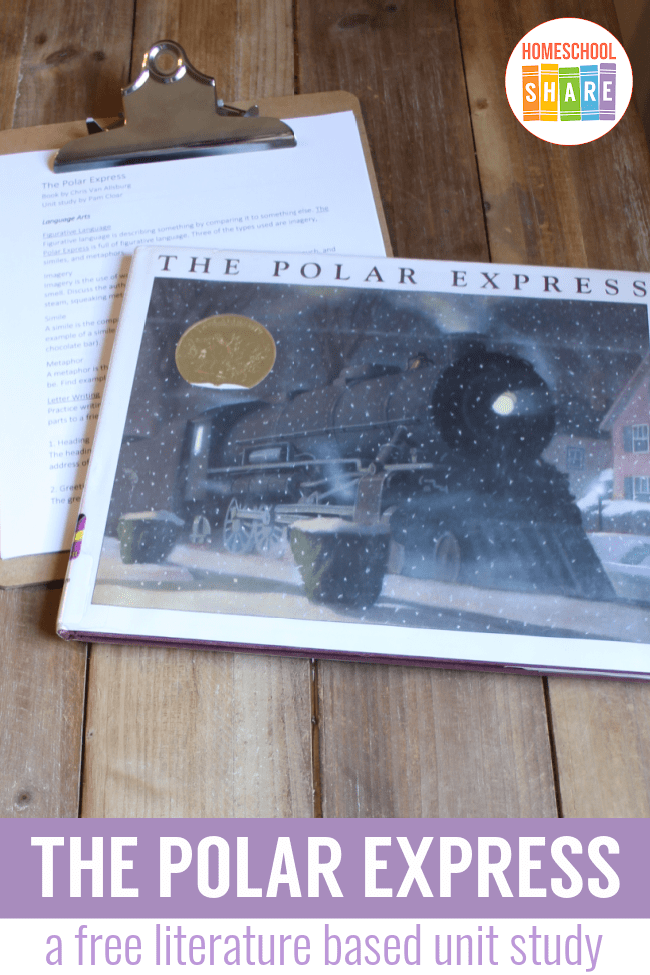
Thanks to Pam Cloar for preparing this The Polar Express unit study.
The Polar Express Summary
A young boy, lying awake one Christmas Eve, is welcomed aboard a magical train to the North Pole. The Polar Express makes its way to the city atop the world, where the boy will make his Christmas wish. This is a story for all who believe in the spirit of Christmas and those who treasure the sound of a reindeer’s silver bell.
from The Polar Express summary at amazon.com
The Polar Express Activities & Lessons
Here is a sample of the lessons found in this The Polar Express unit study:
Figurative Language
Figurative language is describing something by comparing it to something else. The Polar Express is full of figurative language. Three of the types used are imagery, similes, and metaphors.
Imagery
Imagery is the use of words to stimulate the senses- sight, sound, taste, touch, and smell. Discuss the author’s use of imagery in the story. Find examples (ex.-hissing steam, squeaking metal).
Simile
A simile is the comparison of two unlike objects using the words like or as. Find an example of a simile in the story (ex.-hot cocoa as thick and rich as melted chocolate bar).
Metaphor
A metaphor is the comparison between to unlike objects using a form of the verb be. Find examples of metaphors in the story (ex.-apron of steam).
Passenger Trains
Passenger trains travel between stations where passengers can get on and off. Discuss the use of passenger trains. Discuss the different types of passenger trains (long-distance, inner-city, light-rail).
Long-Distance Trains- Long-distance trains travel between many cities or regions of a country. They sometimes cross more than one country. These trains may include a dining car or sleeping car. (Example- Amtrak)
Rapid Transit and Light Rail – These trains range from old trolleys to new subways (underground). They are powered electrically and usually run in tunnels underground, with the exception of trolleys. Their goal is to relieve congestion and offer people a transportation option other than driving cars.
Commuter Trains- Many cities have networks of these trains which serve the city and its suburbs. The trains cope with large traffic demand in a metropolis. These trains are sometimes double-deckers.
To access all of the lessons in this The Polar Express unit study, grab an easy-to-print file at the end of this post.
How to Get Started with the The Polar Express Unit Study
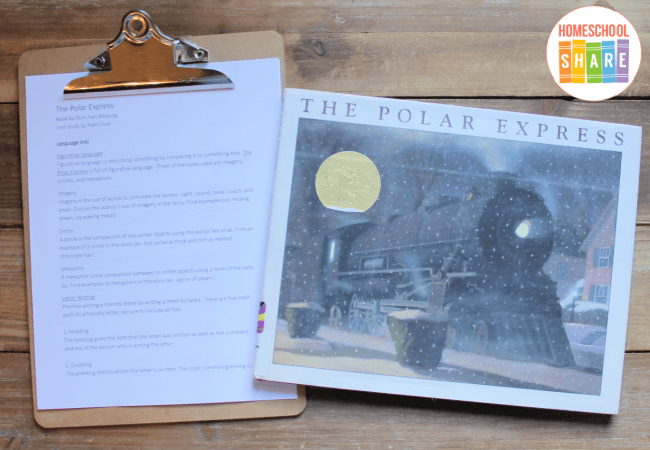
Follow these simple instructions to get started with the The Polar Express unit study:
- Buy a copy of the book, The Polar Express, or grab one from your local library.
- Print the The Polar Express unit study.
- Choose the lessons you want to use with your student (a highlighter works great for this).
- Enjoy a week of book-based learning with your student.
Download Your Free The Polar Express Activities & Lessons
Simply click on the image below to grab the free The Polar Express unit study.
More Polar Region Resources
Check out these other polar region resources:

